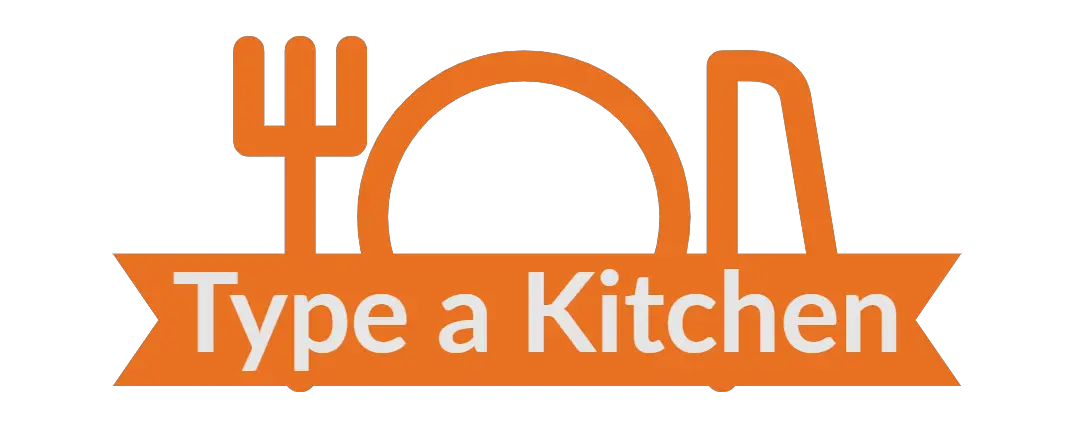Introduction:
Plastic cutting boards are an essential kitchen tool. They’re lightweight, easy to clean, and affordable. However, over time they can become stained with knife marks and food residue that may harbor harmful bacteria. This is especially concerning for those who prepare raw meat on their plastic cutting boards.
Fortunately, there are many ways to clean and maintain plastic cutting boards to ensure they remain in good condition and free from stains. In this ultimate guide, we’ll explore the best methods for cleaning plastic cutting boards, including natural remedies and commercial cleaners. We will also discuss how to prevent stains from forming in the first place by properly caring for your plastic cutting board after each use.
Overview of How to get rid of stains on plastic cutting boards:
Plastic cutting boards are a staple in almost every kitchen. They are durable, lightweight, and easy to clean. However, they can easily get stained if not cleaned properly after use. Different types of stains can occur on plastic cutting boards such as oil-based stains, tomato sauce stains, and even permanent marker stains.
The first step in removing stains from plastic cutting boards is to wash them with hot soapy water. For tough stains, you can use baking soda or white vinegar mixed with water to create a paste that you can apply directly onto the stain. Another effective method of removing stubborn stains from plastic cutting boards is a hydrogen peroxide and baking soda mixture. With these tips in mind, you’ll have no problem keeping your plastic cutting board looking brand new.
10 ways How to get rid of stains on plastic cutting boards
1. Baking Soda and Water Paste:
To make the paste, you will need one tablespoon of baking soda and enough water to form a thick consistency. Using a sponge or cloth, apply the paste onto your cutting board and rub it vigorously on all sides. Leave it on for 10-15 minutes before rinsing it off with warm water.
2. Lemon Juice and Salt Scrub:
To make the scrub, simply cut a lemon in half and sprinkle salt over it. Then, use the lemon as a scrubber to rub onto the surface of your plastic cutting board. Once you’ve finished scrubbing with the lemon and salt mixture, rinse off your cutting board with warm water and dry it thoroughly.
3. Vinegar and Water Solution:
To make this cleaning solution, mix equal parts white vinegar and water in a spray bottle or bowl. Spray or pour the solution onto the cutting board, making sure to cover all areas evenly. Allow it to sit for about 10-15 minutes before scrubbing with a brush or sponge. Rinse thoroughly with warm water and let it dry completely before using again.
4. Hydrogen Peroxide and Baking Soda Paste:
To make this paste, mix equal parts of baking soda and hydrogen peroxide in a small bowl until it forms a thick consistency. Apply the paste onto the cutting board using a scrub brush or sponge and let it sit for 5-10 minutes. Afterward, rinse off the paste with warm water and dry it with a clean towel.
5. Boiling Water and Dish Soap Soak:
To start, bring a pot of water to a boil and carefully pour it onto the stained area of your plastic cutting board. Add a few drops of dish soap to the surface and let it sit for at least 15 minutes. The hot water and soap will work together to loosen up any stubborn stains that have been embedded in your board’s surface. After soaking, use a scrub brush or sponge to scrub away any remaining stains gently. Rinse thoroughly with hot water and dry with a clean towel.
6. White Vinegar and Baking Soda Solution:
To make this solution, mix equal parts of white vinegar and baking soda in a bowl until you get a paste-like consistency. Apply the mixture all over your plastic cutting board and let it sit for at least 10 minutes before scrubbing with a brush. When these two ingredients are combined, they create a powerful solution that can get rid of even the toughest stains on your plastic cutting board.
7. Commercial Plastic Cutting Board Cleaner:
Commercial plastic cutting board cleaners are a great option for those looking to quickly and effectively clean their cutting boards. These cleaners often contain specialized enzymes that break down tough stains, odors, and bacteria that can build up over time. They are also formulated to be safe for use on food-contact surfaces, so you won’t have to worry about any harmful chemicals contaminating your food.
8. Chlorine Bleach and Water Solution:
Chlorine bleach and water solution is a powerful cleaning agent that can effectively remove stains and disinfect plastic cutting boards. To create the solution, mix one tablespoon of chlorine bleach with one gallon of water. Then, immerse the plastic cutting board in the solution for five minutes. Also, make sure to rinse the cutting board thoroughly with hot water after soaking it in the solution to ensure all traces of bleach are removed.
9. Boiling Water and Lemon Soak:
One of the most effective methods to remove stubborn stains on plastic cutting boards is using boiling water and lemon soak. This popular cleaning hack involves heating a pot of water until it reaches boiling point, then squeezing in fresh lemon juice and dropping the halves into the water. Once the mixture has cooled down slightly, place your cutting board in it and let it soak for at least an hour.
10. Liquid Dish Soap and Hot Water Scrub:
Firstly, you need to rinse your cutting board with warm water to remove any excess food debris or residue. Then apply a few drops of liquid dish soap onto the surface of the board. Next, use a scrubber brush or sponge and start scrubbing in circular motions. The hot water will help to loosen up any stubborn stains while the dish soap breaks down grease and oil residues. Continue scrubbing until your cutting board is clean and free from stains. Finally, rinse off all the suds with warm water and dry your plastic cutting board with a clean towel or let it air-dry completely before storing it away.
Conclusions:
Keeping plastic cutting boards clean and stain-free is crucial for maintaining good hygiene in the kitchen. By following these simple tips and tricks, you can easily remove even the toughest stains from your cutting board. Remember to always wash your board thoroughly after each use and periodically sanitize it with a solution of bleach and water. With a little effort, you can ensure that your plastic cutting board remains a safe and reliable tool for preparing delicious meals for years to come.


